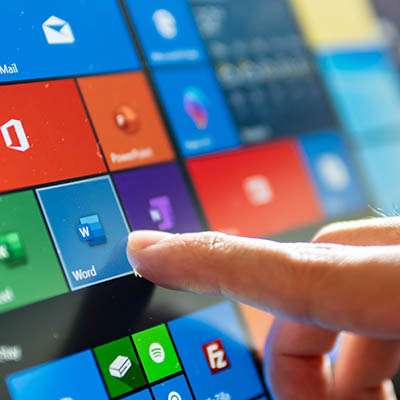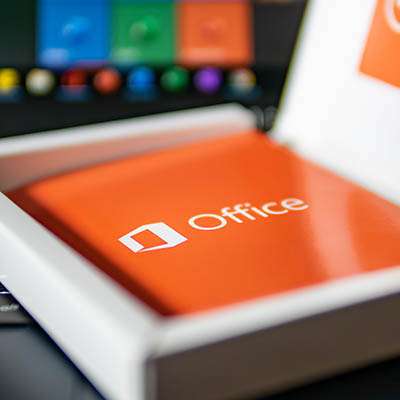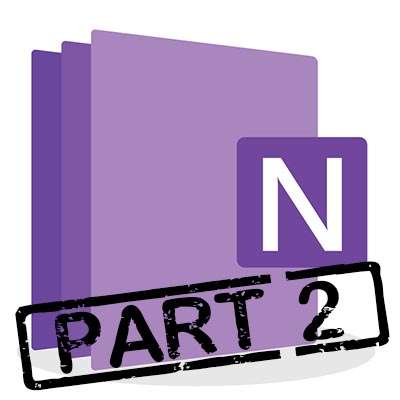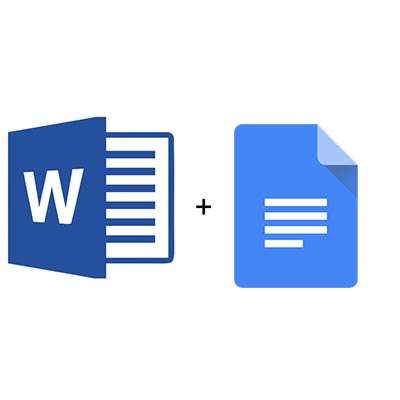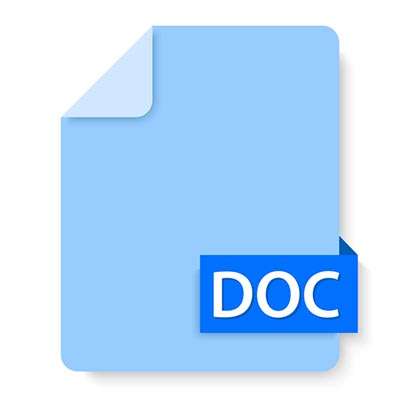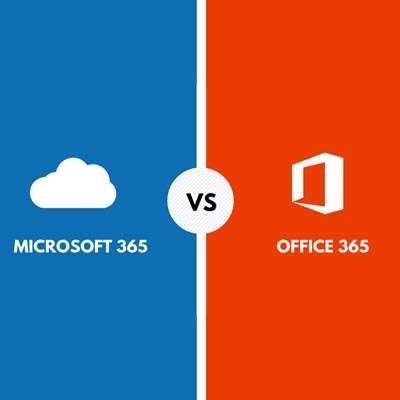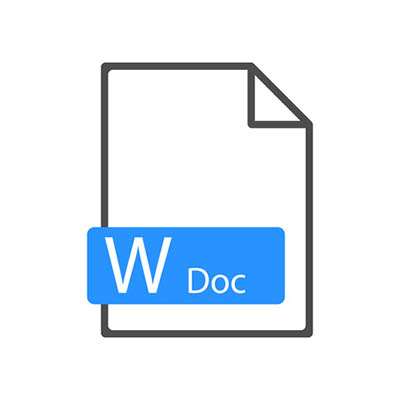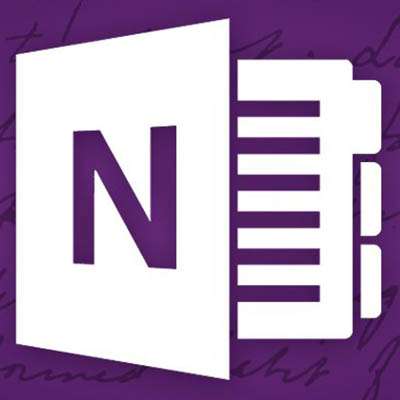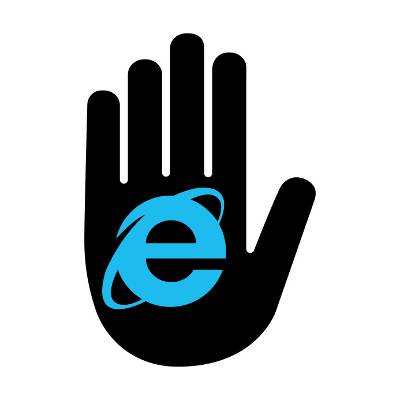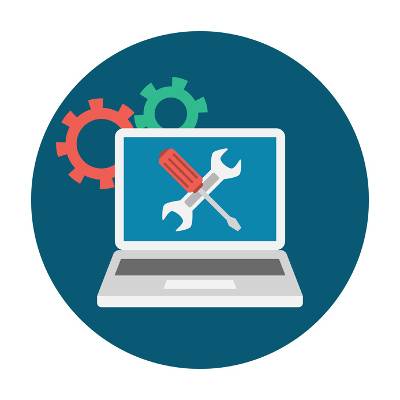Microsoft Windows has been a staple of personal computing for almost 35 years. When Microsoft retires their Windows 7 OS in a few weeks, they will be left with only two PC OSs functional: Windows 8.1 and Windows 10. Below is a look at the Windows 10 OS and when to expect Microsoft to release a new OS.
Macro Systems Blog
It would be difficult to find anyone who works on a computer who hasn’t utilized at least one of the applications in Microsoft Office. Office has been a staple for professionals, students, and home users for decades. Over the last few years, Microsoft has reinvented how businesses can collaboratively use Office to enhance productivity, security, and adhere to compliances.
To keep your organization's network secure from threats your software working effectively, patching the software it uses is absolutely imperative. The reason is that the threat landscape is constantly evolving. Recently, Microsoft announced that they have released an emergency out-of-band security update to fix two security issues, an atypical act for the software giant.
Microsoft is arguably best known for its operating system and productivity software, but these days one part of its organization is growing faster than any other: its Azure cloud platform. Below is a look at the Azure cloud, some features that businesses use it for, and how it can fit into your IT strategy.
Microsoft is discarding OneNote 2016 in favor of the OneNote application bundled with Windows 10. The note-taking app will still be supported until October 2020, with extended support offered after that, but Microsoft will not be adding any additional features to it; instead, they'll be putting all of their efforts into making the version bundled with Windows 10 the definitive version. Some details to keep in mind when making the switch between these two solutions are listed below.
SQL Server 2008 and SQL Server 2008 R2, two of Microsoft's most utilized relational database management systems, will be losing support on July 9, 2019. If your organization continues to use one of these titles for its database management, you are running out of time before you need to upgrade. Below we take a look at what the software is used for and what options are available to you going forward.
Businesses usually have to make a critical choice about which brand of productivity software they will utilize for day-to-day operations. Two of the heavy hitters in the modern business landscape are Google and Microsoft implementing their respective productivity solutions. While the choice of which service to work with seems exclusive, Google is making strides to break down this barrier and allow certain file types to be edited in Google Drive.
Microsoft Word has been one of the most popular software titles in the history of personal computing. Despite substantial competition, millions of people utilize it every day as their daily word processor. Let's take a look at the history of Microsoft Word, and how it became such a powerful and popular software title.
Microsoft is a juggernaut in the increasingly competitive business world with its many, many solutions for businesses of all sizes. With so many options, it can be tricky to figure out the right solution for your organization. Fortunately, you don’t have to figure that out on your own; Macro Systems will help you understand the difference between Microsoft’s Office 365 and Microsoft 365 solution.
With a limited market share that is one-third the size of Google’s, you would think that Bing would be trying to keep controversy away from a user’s search results. Nonetheless, the Microsoft search engine has recently experienced a few notable PR disasters that may be enough to persuade some not to use it.
It’s been over two years since Microsoft officially cut the cord on Windows XP. As the most popular Windows operating system at the time, it was a huge blow to both businesses and consumers alike. Thankfully, a migration to Windows 10 isn’t nearly as difficult as one from XP. What lessons can be learned from Windows XP’s end of life event that can be applied to upgrading to Windows 10?
All business owners should be aware of which Microsoft products they use. It’s one of the many complex and confusing parts of managing your technology. Of course, all great things must eventually come to an end, and the same applies to your mission-critical applications and operating systems. When your solutions can no longer be considered secure and are no longer supported by the developer, you know it’s time to move on and upgrade to something better.
It’s important that your business uses the most recent version of any operating systems and software solutions used by your workforce, but Internet Explorer “fans” have had a rough start to 2016. Nearly a quarter of all Windows PCs are still using unsupported versions of Internet Explorer, half of which are still running Windows XP.
One of Microsoft’s latest moves to appeal to business owners has been to establish a Technology as a Service program, allowing small businesses to purchase Surface products, accessories, and support by subscribing to a monthly payment plan. What’s more, when time comes to upgrade, customers can do so, although some fees may apply as dictated by the lease.


